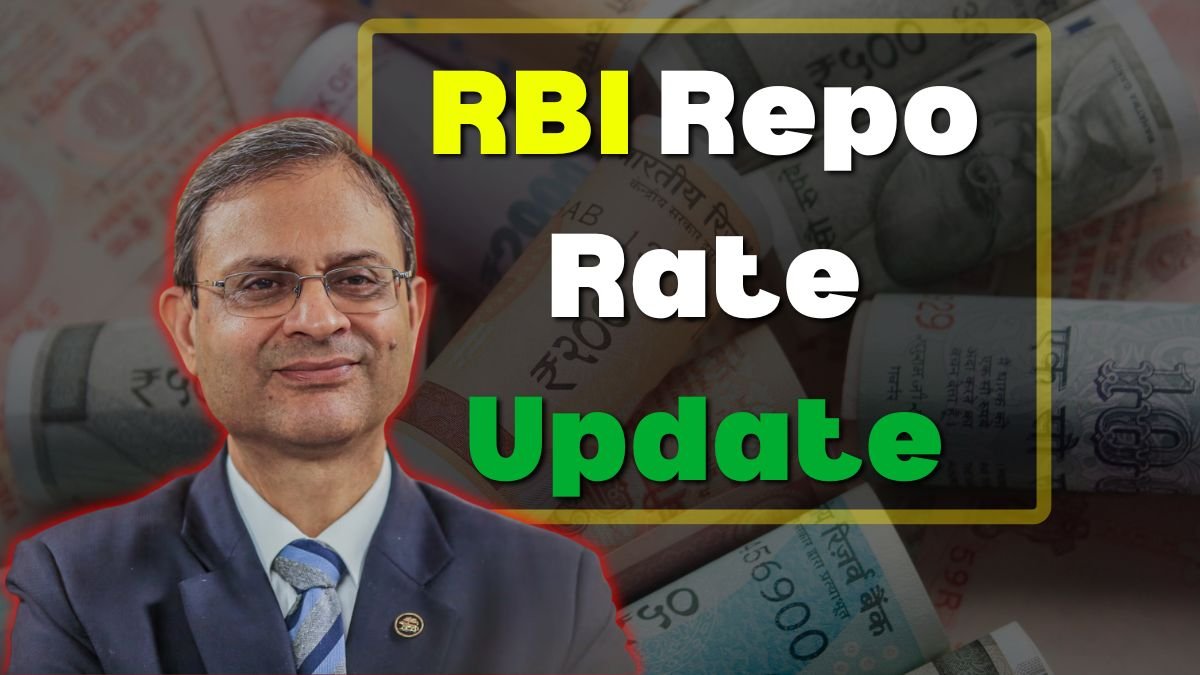In a bold move to lighten borrowers’ financial burden, the Reserve Bank of India (RBI) is expected to allow another cut in the repo rate, thus making loans cheaper and reducing EMI payments for millions. A breather for homebuyers, businesses, and individuals depending on credit is much-needed.
MPC Meeting With RBI: Expectations
An MPC meeting is being set between 7th and 9th April, with repo rate cuts being the agenda. In a previous action in February, it had cut the repo rate by 25 basis points—to the current level of 6.25%. With the established pattern, a cut of another 25 basis points may be on the cards, with repo dips to level 6.
A cut in the repo rate means that banks can lend money from the RBI at lower rates and pass this benefit on to customers in terms of lesser interest rates on loans. This will affect floating interest rates directly, especially home loans, car loans, and personal loans that will see a lesser EMI burden on the borrowers.
Why is the RBI Reducing the Repo Rate?
The decision signifies different aspects that the RBI targets, encompassing overall improvement of economic growth and retaining purchasing power. Reduction in borrowing costs of credit will help the RBI in:
- Initiating consumer charm spending
- Advocating business investment activity
- Manipulating retail inflation as it exhibits upward movement
- Enhancing employment opportunities
Lower interest rates will soften access to loans for business users to expand and individuals to buy assets, like homes and cars, with a fair amount of comfort because there are no high EMIs.
Explaining the Repo Rate: How It Affects You
The repo rate is the rate at which the RBI gives loans to commercial banks. A decrease in repo rates means:
- Banks get funds at a lower cost
- Interest rates on loans are reduced
- EMIs become cheaper
A hike in the repo rate, on the contrary, makes things quite expensive for banks to borrow, thereby increasing rates on loans for customers.


